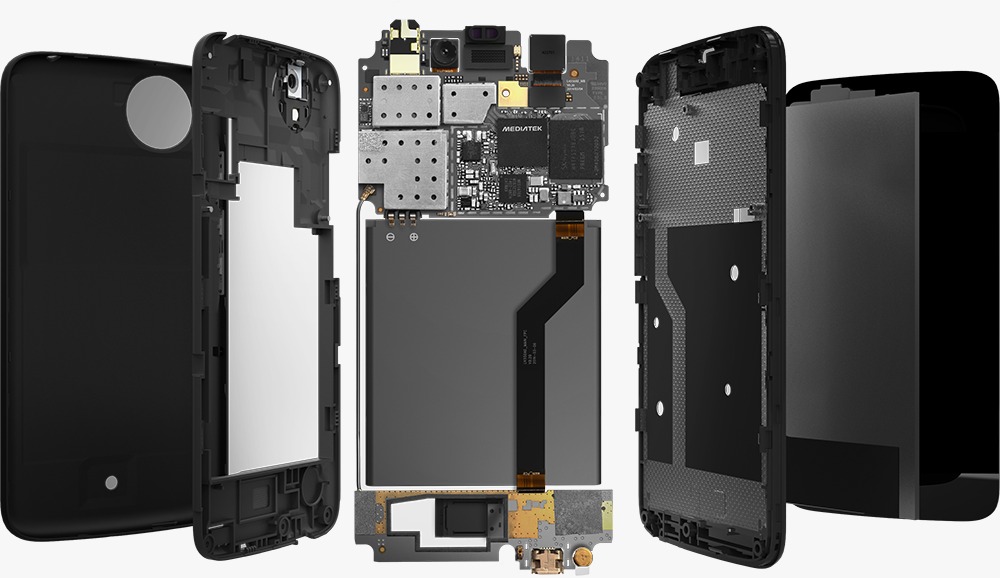Developing a custom Android product, like all new product development, is a process of educated trial and error. Developers with more experience require less experimenting, but, at an acute level, each product comes with unique challenges to resolve. The key to faster development is reducing unknowns in the development process. In this article we’ll look at two ways to remove unknowns that affect the initial stages of a product’s development.
Custom electronics development consists of 3 main engineering disciplines. In no particular order, there’s the electronics, mechanical (case), and firmware design. Within these 3 parts, the integration of the electronics with the case requires another layer of engineering attention.

Building Electronics into an Existing Case for Early Production Runs
In China’s electronic manufacturing ecosystem, some companies just sell cases. These ‘open market’ cases are generally for high volume commodity products (like Android tablets and smartphones). The case suppliers don’t make the final product, but sell their cases to companies that make the final product. The case supplier makes assessments about what design(s) will sell well, invests in molds for the cases, and sells their cases on the open market. Buyers include factories that make the final product or product companies that do their own component sourcing.
Case manufacturers will help electronic engineers design electronics into the existing case. In this scenario the electronics engineers don’t need to go through the trial and error process of designing new electronics into a new case. At the same time the company buying the finished product doesn’t need to spend the time and money to invest in making a custom mold.
Easily update the Android OS or individual apps
OTA, the acronym for ‘Over the Air’, refers to pushing software updates to remote hardware over the internet. This is commonly seen when a new iPhone or Android OS version comes out. When that happens people using an older phone will get a notification asking if they want to update to the newest OS. This is an OTA update. OTA updates are great for custom Android devices. The alternative is having to manually update each device, which takes substantially more time and money, sometimes making it impractical.
A custom Android device’s firmware and special, embedded, apps also go through an ongoing development process. Ideally, by the time the units go to mass production all the software is final, but it’s common to discover bugs or have software updates after units are produced. This is even more true before mass production, during the development process. Modifications to either the firmware or apps that run on the device happen daily. Delays in trial production due to finalizing either of these softwares are completely unnecessary with OTA capability on the device.

In summary
Reducing moving parts and uncertainties makes development faster and less risky. When changes are necessary, which they almost always are, making them as easy as possible also makes development faster and less risky.


